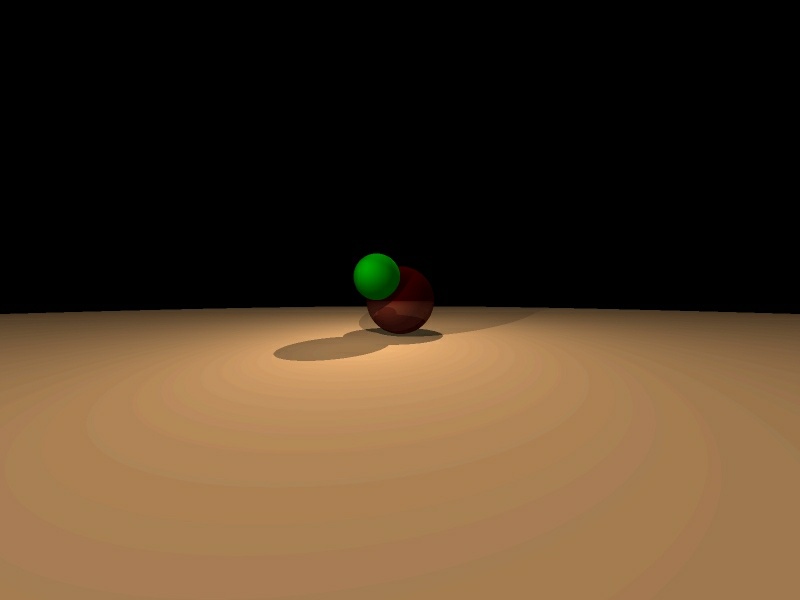 |

Submitted by , posted on 27 June 2003
|
 |

Image Description, by

Look at the picture. It's a classic raytraced image with reflecting
spheres. Not impressed? Let me enumerate the features of the raytracer
which rendered it :
Sub-pixel accuracy
Cast shadows
Arbitrary number of spheres
Arbitrary number of omnidirectional light sources
Reads the scene definition from a text file
Produces 24 bit raw images of arbitrary size
100% written in C, without using any external library
Still not impressed? What if I told you the complete source code is 1971
bytes long?
Yes, it's not a typo. One thousand, nine hundred and seventy one bytes of C
code. And it could be reduced a little more in expense of "clarity".
You can download the source code and a demo scene at
http://www.mrio-software.com/2k_raytracer.php.
Gabriel Gambetta
|
|

